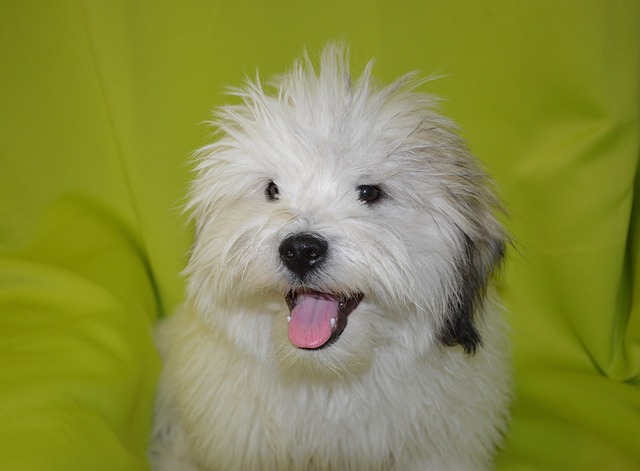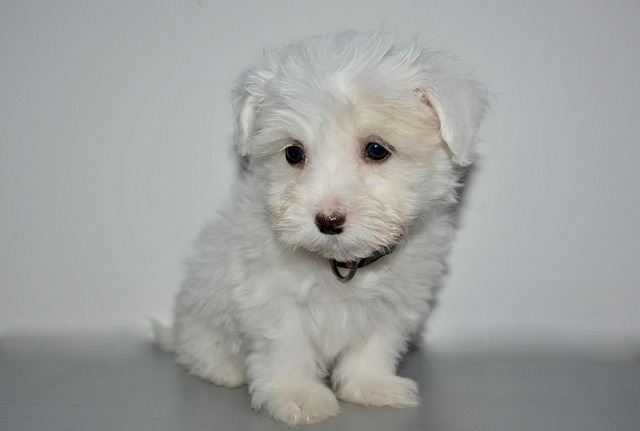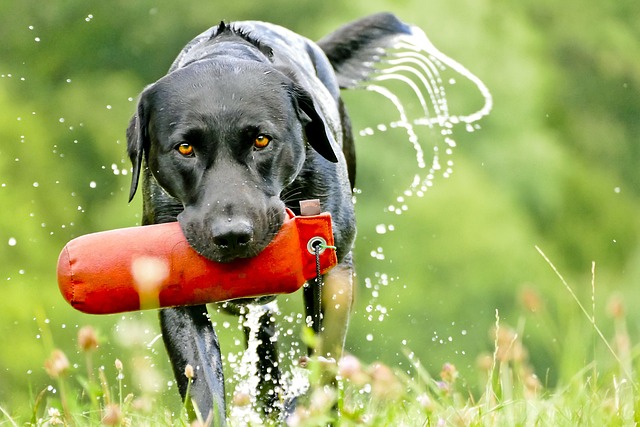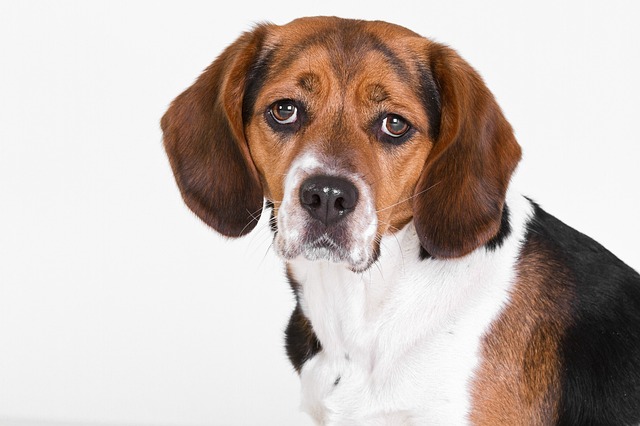Discovering an unexpected puddle on your floor is frustrating enough to make any dog owner sigh. Whether you're navigating puppyhood or troubleshooting accidents with an older companion, teaching reliable indoor cleanliness hinges on understanding canine needs and consistent communication. Forget quick fixes or punishment; building lasting habits requires patience, science-backed methods, and a solid routine tailored to your dog’s reality. Let’s walk through the practical steps that actually work.
Your first move should always be a thorough veterinary check, especially if accidents are new for an adult dog or persistent despite training efforts. Medical issues like urinary tract infections, bladder stones, diabetes, kidney problems, arthritis pain, or cognitive decline in seniors can sabotage even the best training. A simple urinalysis often reveals underlying conditions needing treatment. Skipping this step risks addressing symptoms rather than causes, delaying true progress and potentially compromising your dog’s wellbeing. Rule out health concerns before assuming it’s purely behavioral.
Once cleared medically, success rests on unshakeable consistency and routine. Dogs are creatures of habit, thriving on predictability. Establish a structured schedule based on their age and needs. Take them out immediately upon waking, right before bed, within 15-20 minutes after every meal or large drink, after naps, following play sessions, and every 1-2 hours during the day for young puppies. Go outside with them every single time, guiding them to a specific potty spot. Use a calm, consistent cue like "Go potty" only as they begin eliminating. The critical moment comes right after they finish: offer quiet, sincere praise paired with an immediate, high-value treat delivered directly in their potty area. This precise timing powerfully links outdoor elimination with positive outcomes in their mind.
Constant supervision indoors is non-negotiable. When your dog has free roam, keep them within sight. Learn their unique "tell" – circling, intense sniffing at floors or furniture, sudden restlessness, or retreating to quiet corners. Spot these signals? Calmly interrupt with a neutral "Oops?" and swiftly guide them outside. Praise and reward if they finish there. If you can’t actively watch them, confine them to a safe space like a properly introduced crate or a puppy-proofed pen. This prevents accidents and protects your home. Crucially, never scold for accidents discovered later. Dogs live in the moment; they’ll only associate your anger with the discovery, not the act itself, potentially leading to fearful hiding and more secretive accidents.
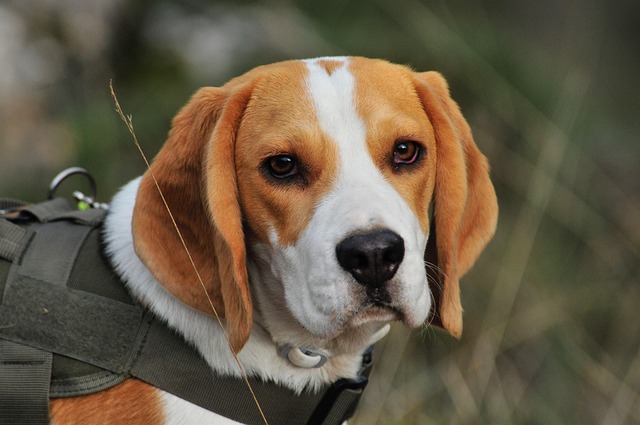
Proper cleanup is where many owners unknowingly invite repeat offenses. Standard cleaners or vinegar merely mask odors to humans, leaving potent biological markers detectable by your dog’s extraordinary nose. These traces scream "bathroom here!" To truly eliminate the scent, you must use an enzymatic cleaner designed for pet urine. These formulas contain enzymes that digest organic matter at the molecular level, removing the odor beacon. Saturate the accident site, let it dwell for the full recommended time, and avoid premature blotting. For carpets, a follow-up steam clean may be needed. Use a UV blacklight to find hidden old stains needing treatment.
Address underlying triggers proactively. If separation anxiety is suspected, consult a vet behaviorist – specialized training plans and sometimes medication are needed. For territory marking, neutering/spaying often reduces the urge, combined with managing access to marked areas and using belly bands temporarily. Ensure ample physical exercise and mental enrichment daily; a bored or restless dog is more prone to anxiety-related accidents.
While solving indoor issues, uphold outdoor responsibility. Across Europe and North America, failing to clean up after your dog carries legal fines and damages community relations. Always carry biodegradable bags. Scoop every single deposit immediately from public paths, parks, verges, or private property. This isn’t just courtesy – it’s often law, crucial for public health, environmental protection, and maintaining positive perceptions of responsible dog ownership.
Training takes dedication, but the payoff is immense. Celebrate progress, stay patient with setbacks, and trust that consistency, proper cleaning, and understanding your dog’s needs will transform frustration into a reliably clean home and a happier partnership with your furry friend.
